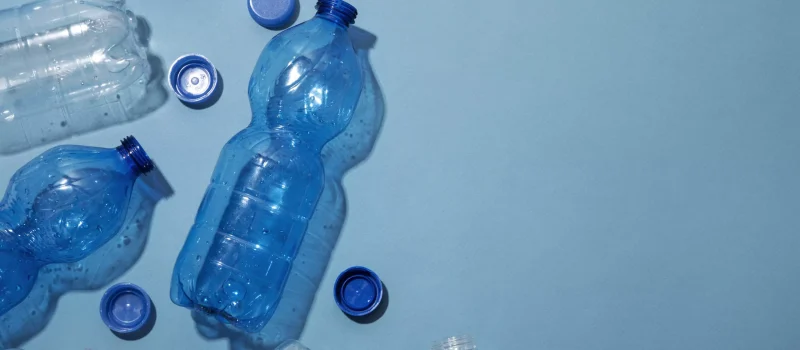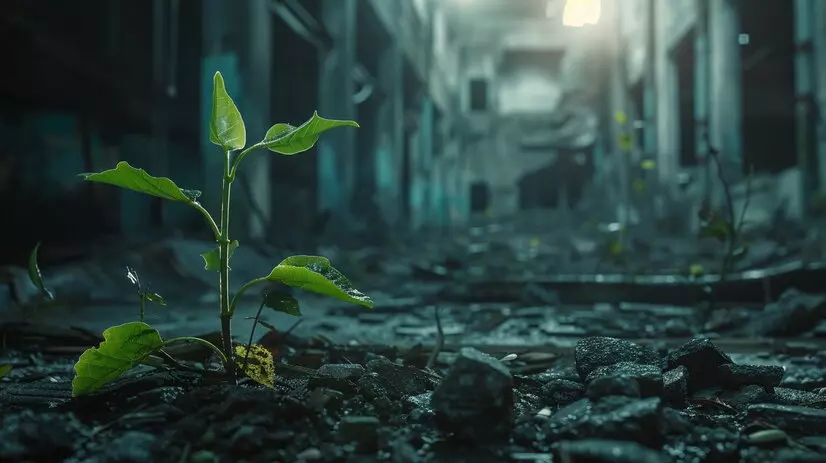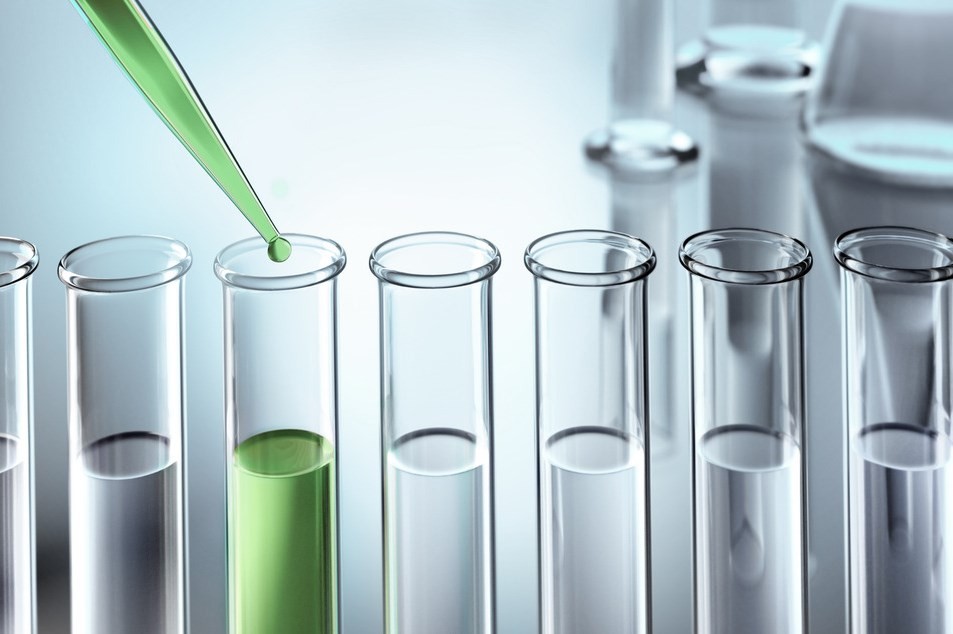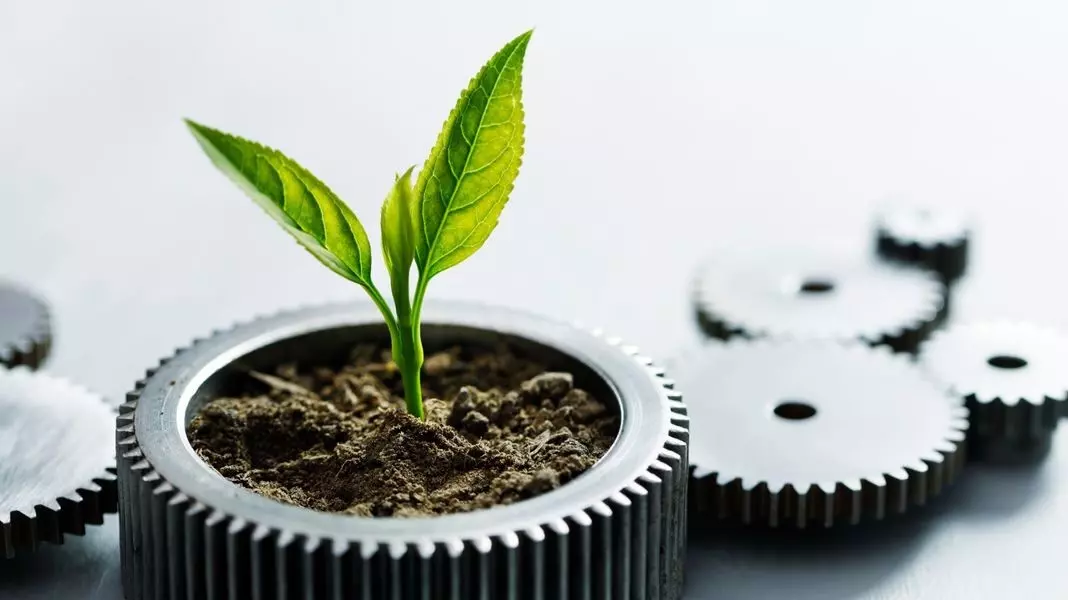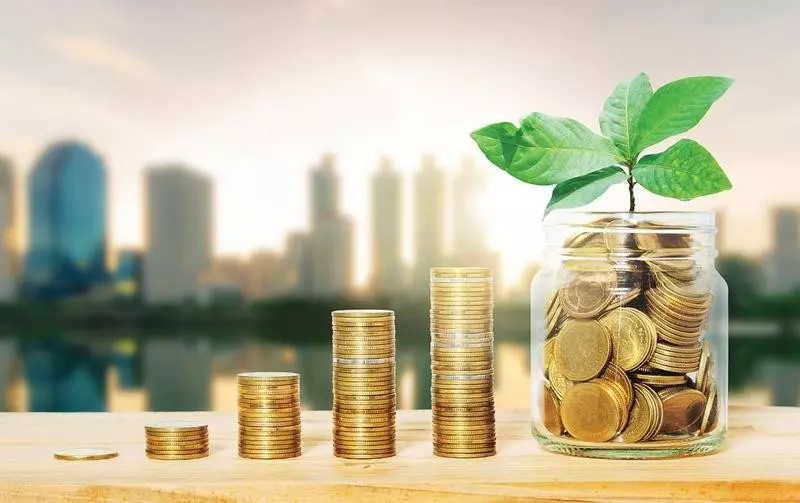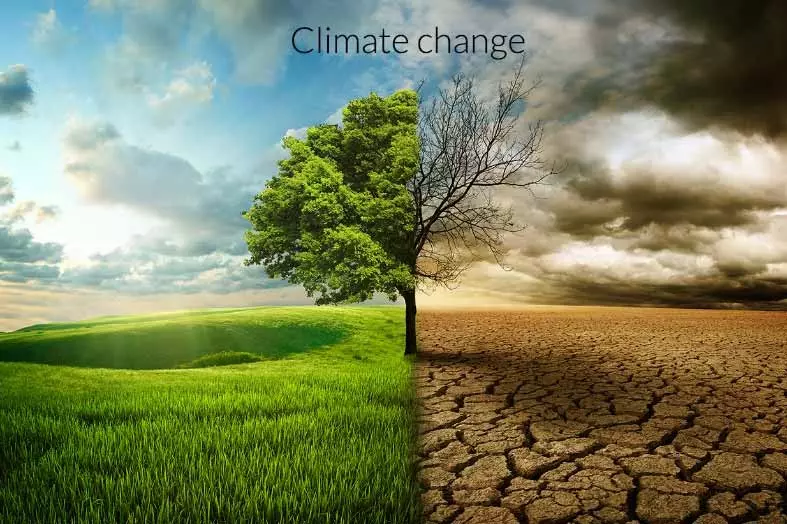Plastic recycling has increasingly been a trending topic and chemical recycling is lately been appointed as a promising technology to bridge current gaps of the recycling systems. It is known that the major problem of recycling is the fact that the demand for recycled plastics is hastily outstripping supply. So, there is no ‘one solution fits all’. The current standard mechanical recycling approach alone won’t cut it. So, a combination of different solutions will be needed, and chemical recycling can unlock new business opportunities.

The supply-demand imbalance reveals a real business opportunity for plastic circularity. For instance, current US and Canada supply of recycled plastic represent only about 6% of the regional demand, which is estimated to reach over 7 million metric tons over the next ten years. This scenario shows the importance of moving from a linear to a circular approach, which can benefit from chemical recycling as one of the available strategies to scale supply. With this shift, it is estimated that approximately $120 billion (47% monomers and intermediates, 39% polymers, and 14% hydrocarbons and fuels) in new businesses opportunities could be generated in North America alone [1].
Here are 8 contextual facts about plastic chemical recycling you should know:
- Chemical vs mechanical recycling: Chemical recycling can be broadly described as the breakdown process of polymers back into basic units to produce high-quality new-like products [2, 3]. It differs significantly from mechanical recycling as the latter is based on a “chop-wash-reprocess” mechanism, rather than on the chemical breakdown of the materials.
- Benefits: The process offers higher tolerance to mixed and contaminated plastic waste than mechanical recycling which has a more limited scope being well suited for PET (e.g. water bottles) and HDPE (e.g. home and personal care packages). Thus, it allows managing the complex stream of films, chip bags, synthetic fibres which cannot be processed through mechanical recycling. It also enables the potential to turn waste plastics back into new materials, minimizing the dependency on fossil fuels and decreasing the flow of plastics into the environment [3, 4].
- Different nomenclatures: The term ‘chemical recycling’ itself is not universally accepted as it refers to a diversity of processes and technologies that transform plastic waste back into basic polymer units, i.e. ‘like-new’ materials. For example, depending on the technique used, the process can be referred to as ‘feedstock’ or ‘monomer’ recycling.
- An array of technologies: There are a wide range of chemical recycling transformational technologies, which can be segregated in three main operations: conversion (refined hydrocarbons, fuels, and petrochemicals); decomposition (monomers and intermediates); and purification (polymers) [1]. These can be performed through different techniques such as chemolysis, pyrolysis, fluid catalytic cracking, and gasification. Each of them would offer a set of benefits and outputs for the different supply chains and plastic waste streams.
- Infrastructure and time to scale: Chemical recycling technologies require high investments in infrastructure to be scaled and the process may take, on average, between one to two decades from concept to full scale according to the CLP report [1]. The same study identifies 60 current chemical recycling providers, the majority of which still are at an early maturity level with technologies at lab scale.
- Logistics and other systemic challenges: Waste stream location is a critical issue to define the locations to invest in chemical recycling facilities and ensure significant volumes of waste avoiding higher carbon footprint during transportation. Current overall systemic challenges such as access to sufficient waste volumes and reduce the contamination of plastic waste are still critical concerns to be addressed so chemical recycling can be efficient at a large scale.
- Plastics and chemical manufacturers investments: Chemicals companies like Eastman Chemicals (methanolysis for polyester waste), LyondellBasell (partnership with Karlsruhe Institute of Technology and SUEZ), and BASF (ChemCycling project) are incorporating chemical recycling technologies in their manufacturing plants. Plastics manufacturers such as SABIC and Indorama have made investments with Plastic Energy Ltd and Loop Industries, respectively, to promote plastics-to-plastics solutions through chemical recycling.
- Consumer goods brands commitments: it is notorious the growing number of environmental pledges by brands, e.g. the commitment to supporting plastic packaging to become reusable, recyclable or compostable by 2030. Large brands such as Unilever, P&G, Pepsico, L’Oreal, Nestle, Coca-Cola, Danone, and Adidas have also signed partnership agreements with chemical recycling providers such as Aquafil, Ioniqa, Loop Industries, perPETual, and PureCycle to support their growth while ensuring their access restricted supply of recycled plastics.
The circularity of the plastic supply chain loops is conditioned to technical advancements of current technologies, the scalability of the current technology providers, the advancement of new business models, market drivers by companies’ commitments, and by the influence of sustainable public policies.
Chemical recycling could be a supplementary solution to mechanical recycling as it enables to produce new-like materials for a wider range of waste streams. Additionally, increased collection and sorting of plastic waste should remain as a priority along with design for recycling initiatives to improve recycling rates for plastics and minimizing the amount of plastic ending up in the environment.
References
[1] Closed Loop Partners, Report: “Accelerating Circular Supply Chains for Plastics: A landscape of transformational technologies that stop plastic waste, keep materials in play and grow markets” (2020).
[2] Martyna Solis and Semida Silveira “Technologies for chemical recycling of household plastics – A technical review and TRL assessment” Waste Management, Volume 105 (2020).
[3] Kim Ragaert, Laurens Delva, and Kevin Van Geem “Mechanical and chemical recycling of solid plastic waste” Waste Management (2017).
[4] Julian Rickert, Felipe Cerdas, and Christoph Herrmann, “Exploring the environmental performance of emerging (chemical) recycling technologies for post-consumer plastic waste” Procedia CIRP, Volume 90, (2020).

